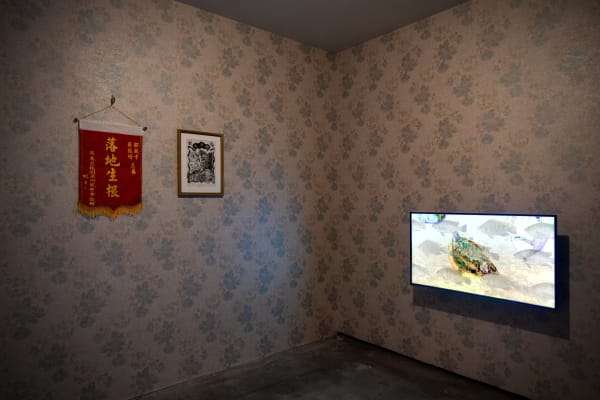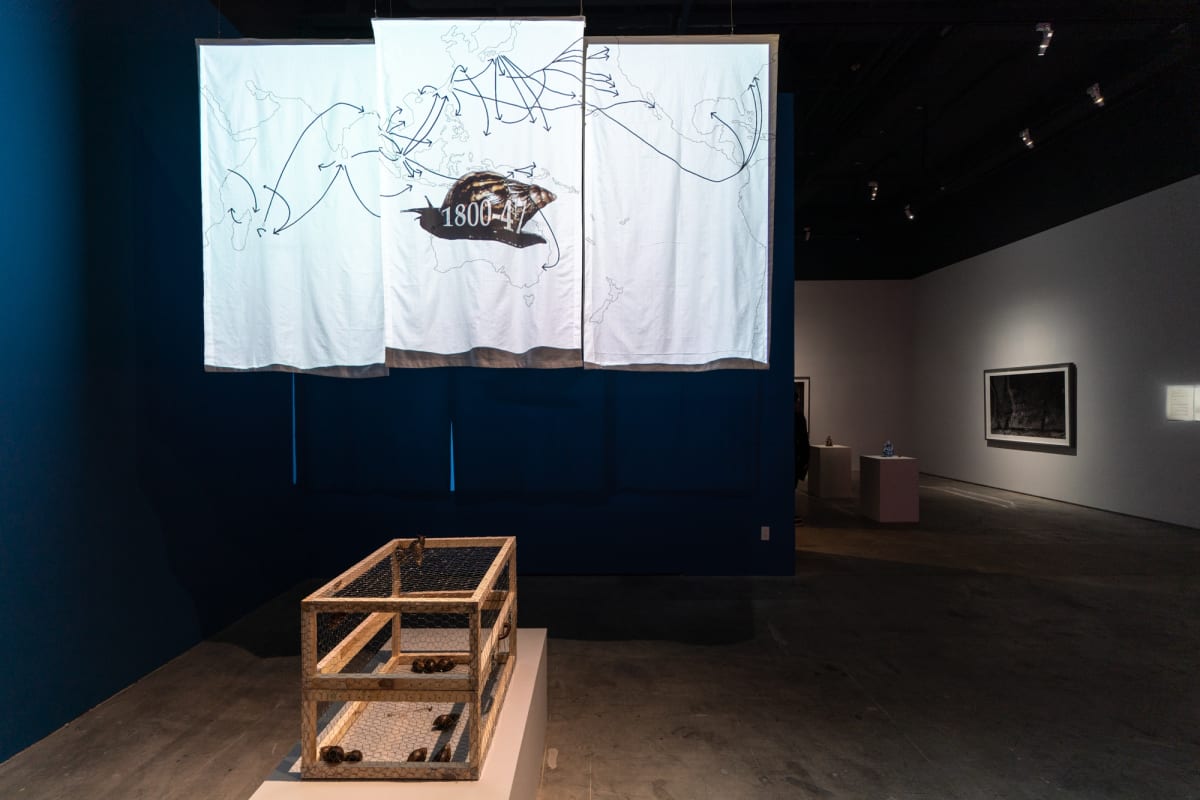The Middleman, the Backpacker, the Alien Species, and the Time Traveler: Curated by TAKAMORI Nobuo
The Indian merchants who did business on Moghul Street usually sent diamonds and jewellery to India on ocean-going steamers plying between Rangoon and Indian ports. The ships’ officers acted as couriers, the gems being packed in boxes of Cuticura face powder. I remember seeing on one occasion the European captain of a ship being handed such a box. Other favorite places of concealment were false compartments in suitcases, hollow heels of European style shoes and handles of umbrellas and bicycles.[1]
— Sunil S. Amrith
Crossing the Bay of Bengal: The Furies of Nature and the Fortunes of Migrants
Author Sunil S. Amrith paints a vivid scene that evokes the history of the Dān Bāng Kè (單幫客) traveling between Rangoon and Calcutta in the early 20th century when globalization slowly began to take place. The Dān Bāng Kè is a curious species that came into being in areas with poor economic conditions or dismal productivity. They are loners and usually go overseas to purchase merchandise, which they then bring back to their hometowns to sell. Boutiques of imported goods that mushroomed in 70s and 80s Taiwan towards the end of the Cold War were a token of the economic boom, and of the lack of supplies caused by the island’s isolation policy. These boutiques in faded childhood memories were treasure troves of countless exotic goods and foreign luxuries, a bubble away from martial law and its grim shadows. The Dān Bāng Kè in those days, much like a sailor, was one of the few who enjoyed the freedom to leave the island on a regular basis, and brought back splendid clothes, confections, and medicine, along with overseas escapades.
After the Cold War, backpackers with cumbersome rucksacks took on the adventurous mission of the Dān Bāng Kè in a different way. A sense of relative peace enshrouded the post–Cold War era, where footloose backpackers drifted and wandered across most parts of the world. Through the lifestyle of these wayfarers, a singular perspective is formed in the globalized context. As the manifestation of a subculture, the backpacker has shaped a unique experience of co-observation and co-participation. A virtual culture of experience reverberates from Bangkok’s Khaosan Road and several other crucial locations to all corners of the world, formulating a distinct consumption pattern and lifestyle. This post–Cold War experience on one hand is tinged with the hippieish consciousness of world peace, on the other becomes a lens through which the world is perceived as flat.
In addition to the Dān Bāng Kè and the backpacker, who travel around the world in different trajectories, this curatorial project also delves into nonhuman movement across the globe by examining the alien species, and nonspatial globalized mutation, which is the time traveler. Contrasted with the former two human global trekkers, the alien species usually infiltrates the local ecosystem on a grand scale despite its ostensibly slow movement. Take for example, exotic species like the tilapia and the African giant snail were both introduced into Taiwan during the colonial period. These exotic species were notorious for affecting local biodiversity, but have also forged a unique exotic food culture as they pervade the local environment. As for the time traveler, it is as much a sci-fi fantasy as a reflection of reality, where a person is able to experience accelerated time travel in an instant even without leaving where s/he lives, amid the increasingly globalized transformation that developing countries undergo. The particular experience or repercussions of time travel serve as another vantage point from which the journey of globalization is viewed.
To sum up, this exhibition comprises four themes: the Dān Bāng Kè, the backpacker, the alien species, and the time traveler. Each participating artist has been asked to create works that echo the themes in hopes of tracing the trajectory of globalization through the eyes of the four characters. Together the artists’ diverse body of work paints a cornucopian vision of film-genre adventures.
[1] Sunil S. Amrith, Crossing the Bay of Bengal: The Furies of Nature and the Fortunes of Migrants (Cambridge, MA: Harvard University Press, 2013), 229.



















